
Coco Chanel once said, “A woman who doesn’t wear perfume has no future”. While that might be a bit of an exaggeration, it is indeed true that how a woman smells, makes all the difference to how she feels, looks and is perceived. ‘Perfume’, derived from the Latin ‘per fumus’, literally translates into ‘through smoke’. And it is literally through fumes, that the full impact of personal fragrance is felt. Not only can a fragrance make you feel and appear very attractive, it boosts confidence, reduces stress, and if the right perfume is used, can increase your happiness quotient too! Here’s everything you need to know about this beauty essential.
The history of perfume
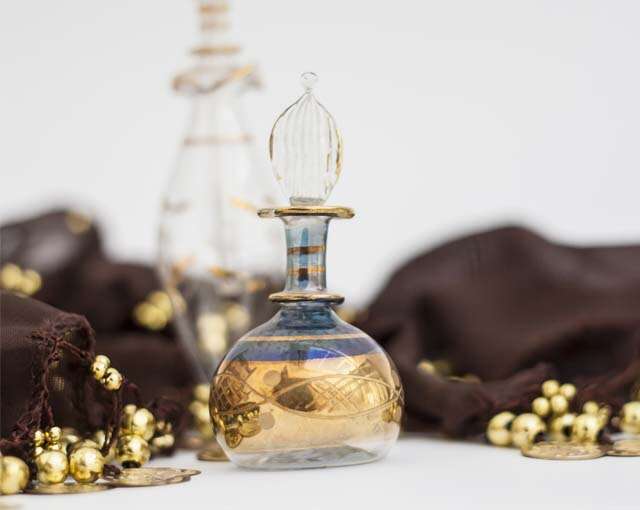
The art of perfume making dates back centuries – to the ancient Romans, Persians, Arabs, Orientals and Indians. Tapputi, a perfume maker from Mesopotamia, is known to be the first recorded perfume maker dating back to 1200 BC. A chemist, she developed the first nascent methods for extracting perfumes and documented these groundbreaking techniques on cuneiform tablets. India is also no stranger to perfume making. Ancient Ayurvedic texts like the Charaka Samhita and the Sushruta Samhita go into detail on the distillation process of ‘ittar’ or perfume. However, the oldest perfumery dates back to Cyprus, where archaeologists conducted an excavation that revealed a massive perfume factory of 4,000 sq metres, that existed four millennia ago, during the Bronze age! Islamic countries have also contributed to modern perfume making processes from the 6th century onwards, since being traders, they had access to global ingredients to use. So you have the Arabs and Persians to thank for initiating scents like musk, roses, jasmine, amber, spices, herbs, citrus fruits and woody scents. The concept of perfumes came to Europe only in the fourteenth century courtesy traders from Arabia, and the Hungarians were the first to use scented oils in an alcohol solution, and initiate the first of the modern perfume making process, as we know it today. Soon France took over, and from the eighteenth century when Louis XV reigned – right up until now, has been considered the worldwide hub of perfume.
How are perfumes made?

First, oils are extracted from natural substances like fruits and flowers through processes like steam distillation, solvent extraction, maceration and expression. Once the oils have been collected, they are blended according to a special formula that has been developed by a perfumery or a company. Once the smell is ready, it is mixed with alcohol and water in the desired proportion. Perfume is like wine – the more expensive varieties are left to age for months, or sometimes even years after the final blending happens until they are bottled and finally sold.
What are the various notes in a perfume?
Perfumes are made when a carefully created blend of essential scented oils are mixed in solvents – typically alcohol and water. The life cycle of a fragrance is three-timed (think of it as a disappearing pyramid of notes), starting with the top, moving onto the heart, and finally settling with the base notes.
Top note
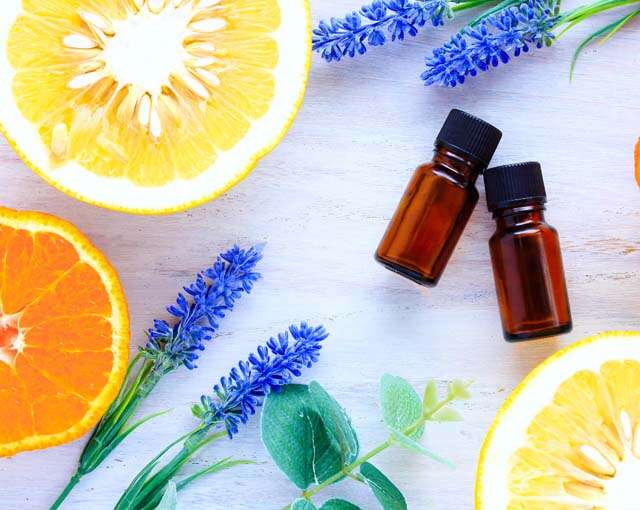
When you spray on a perfume, you initially smell what is known as the ‘top note’. This is the lighter, airier smell which permeates through the air and hits you, and could last anywhere from 15 to 120 minutes, depending on the concentration of your fragrance. Typical top notes to watch out for include citrus and fruity scents, as well as light florals like lavender.
Heart note
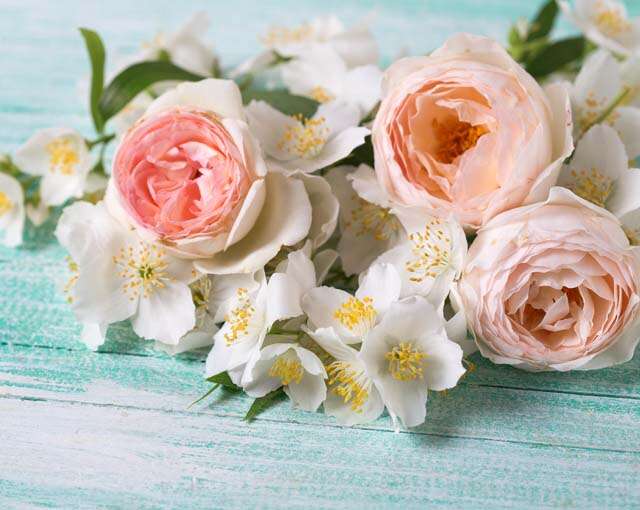
Once the effect of the top note clears off, you can smell the heart of the perfume, which is its main essence. These notes will start to emanate around half an hour after you spray on the perfume, and last for around four hours. The most common heart notes tend to be heavy florals, as these give the fragrance the most distinctive smell when they associate with your skin chemistry.
Base note

When you wake up the morning after you’ve used a perfume, there is always a lingering, familiar smell that it leaves behind. These are the base notes – which start coming to the forefront once the heart notes start fading and can last until around 12 hours after spraying on the perfume. Typical base notes include heavy smells like musk, woody scents and herbs like vanilla and vetiver.
What are the different categories of perfumes available?
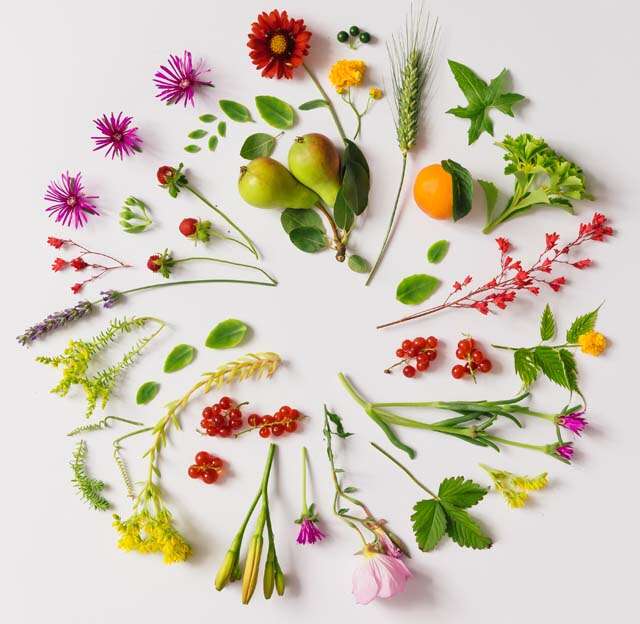
There are totally four main categories of scents available
Floral: As the name suggests, this variety of fragrance encompasses one or more flowers, and are the most common and classic type of perfume. The most common flowers used in perfumes include roses, jasmine, lilies, lotus, violets and marigolds. Most award-winning perfumes contain at least one floral note, and these are indeed the most romantic perfumes to spritz on!
Fresh: Fresh fragrances include a gamut of fruits, especially citrus fruits, as well as green fragrances. Lemon/verbena, orange, grapefruit, peach and berries are some of the fruits that lend themselves to vibrant and fun fragrances. Green fragrances include the scent of leaves, moss and herbs, which are energising and surprisingly, unisex (think of a freshly mowed lawn!).
Oriental: Incense-inspired scents, amber, sandalwood, patchouli and vetiver are some instances of oriental ingredients that lend themselves to fragrances. Typical to, and sourced from the east, wear these for a formal and exotic aura.
Woody: Woody notes tend to be the heaviest and strongest, and are ideal to make a bold, sexy statement in the evening rather than during the day. From various oaks and woods to musk, tobacco and leather, woody scents are some of the most expensive and sought after.
How do you choose a perfume?
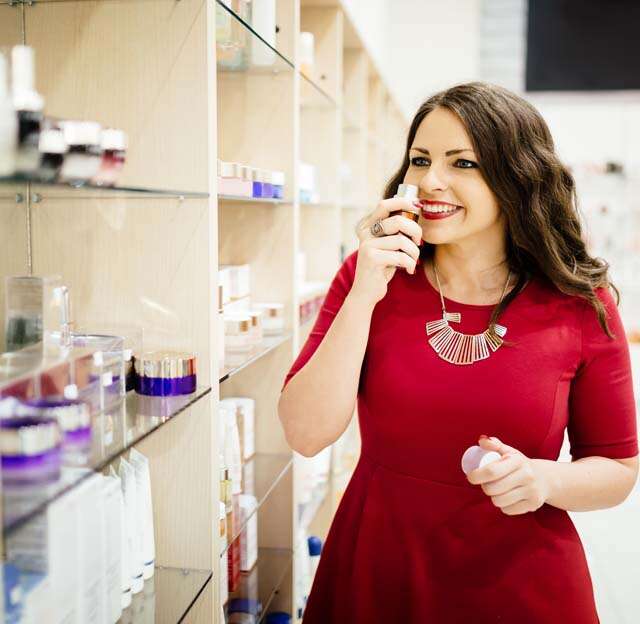
Umashan Naidoo, Buying head – StudioWest perfumes says, “Fragrance is personal. Some people fall in love with the packaging, some with the campaign, or even the celebrity advertising! Its escapism as the promise of being sexier, bolder, courageous and adventurous is promised by a spritz or spurt of magical liquid that will whisk you off into that world of glamour and stardom. There are four notes that are used to describe a fragrance – floral, woody, oriental and fresh.” If you want to pick up a perfume, always try it out, since the same scent can smell different on two different people. This is because of your skin’s chemistry, the environment, and even your diet! Try it out, let it settle for around an hour, and then decide if you want to buy it. Choosing a perfume is a very serious business. So give your nose a break, and avoid trying out more than three or four at a time – or you won’t be able to perceive and differentiate scents. Most stores usually have coffee beans to help you out. Also figure out how you would like to smell, in advance. Do you want to smell light and floral, or serious and woodsy?
How do you apply perfume?
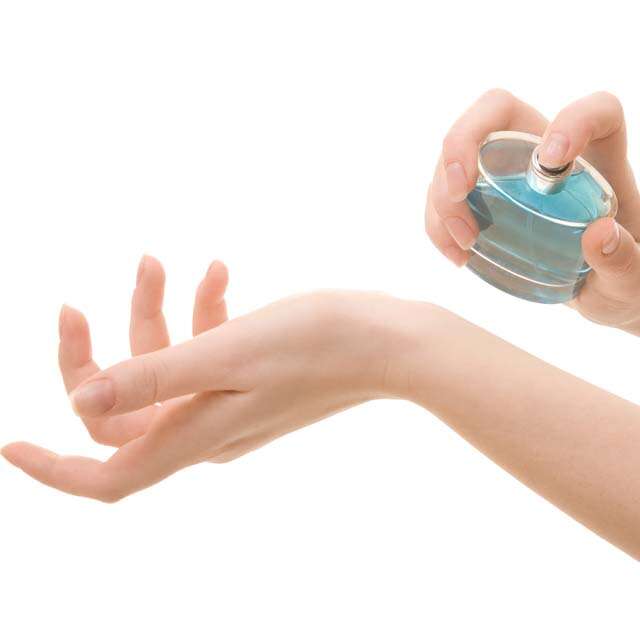
You may have heard perfumers, or experts speak of ‘pulse points’, where perfumes are best applied. So what exactly are these? ‘Pulse points’ are those areas where your blood vessels are closest to the skin. Since blood circulation is occurring just under the surface of the skin on these points, the heat emanated helps release the fragrance more effectively. The pulse points to watch out for are the inner part of both wrists, at the base of your neck, behind your ears, inside the elbows and behind the knees. While applying the perfume on your wrists though, try not to rub them together; you will disturb the perfume’s composition of top, heart and base notes by doing so. Also, don’t re-spray until really necessary – you will disturb the layering of top, heart and base notes, not to mention overdo the pleasant whiff and turn it into an overpowering, overwhelming smell that no one can make sense of! Lastly, perfume is for your body, not your clothes. While your clothes may undoubtedly take on the smell of your body, do not contribute directly to this by spraying on it! Not only is it the worst sort of aroma ever, the oils may also stain your clothes permanently.
What are the different perfume types, based on concentration?
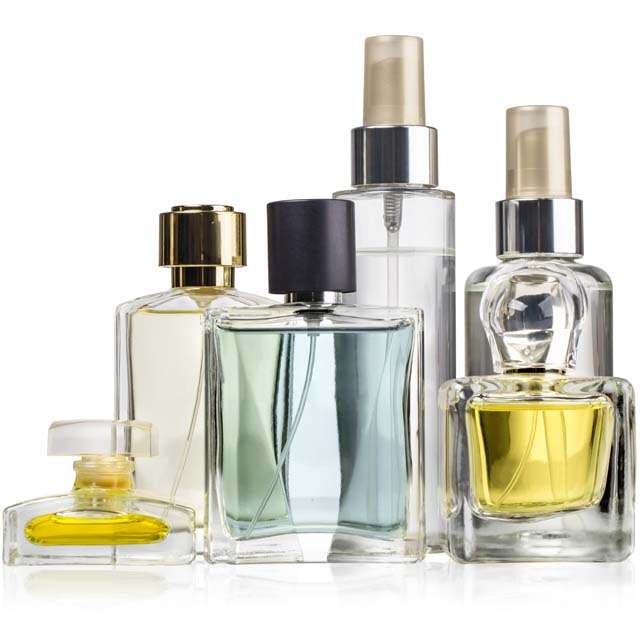
Fragrances can be classified on the basis of the concentration of their ingredients, which in turn affects how strong they are and how long they last. The more the proportion of perfume oils as opposed to alcohol, the more the concentration. So a full-fledged ‘Parfum’ will have the most longevity, with anywhere between 15 to 40 percent concentration. Most parfums though will contain around 20 to 30 percent. These tend to be the most expensive, although they are the most effective, and are also better for people who are prone to allergic reactions since the alcohol content is lower. Next in line is the Eau de Parfum (EDP), which typically lasts around five hours, and contains a concentration of 15 to 20 percent. This is the most commonly used in the market because it is moderate in both cost and efficacy. The third highest concentration is seen in the Eau de Toilet (EDT) – around 5 to 15 percent. It is ideal for a day or a work scent because it is cost-effective and not overpowering. Lastly, the Eau de Cologne (EDC) with a very low concentration (2 to 4 percent) and mild fragrance, comes in big bottles and needs to be sprayed on every hour. It is also not very layered, so you won’t find the complexity of top, heart and base notes. If you’re looking for an even milder and lighter scent, the Eau Fraiche is the most diluted version available with just 1 to 3 percent oils in alcohol and water! The lifespan of a perfume is anywhere from 3 to 5 years from the date of manufacture, but the average number of times a person sprays from a 50 ml bottle is just over 700, so if you use it twice a day, it should last you just a little under a year.
What should I keep in mind while using perfume?
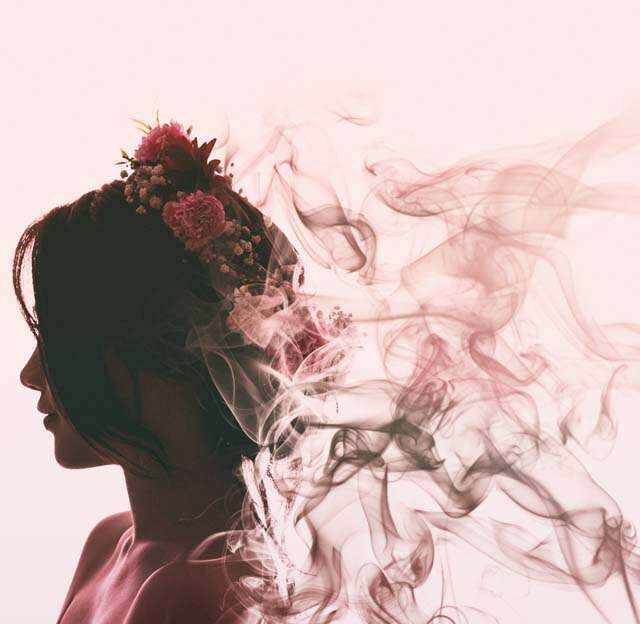
Perfume needs to diffuse well on the skin so that the fragrance is stronger and lasts longer. Moisturising your skin with a non-fragranced lotion will help achieve this, and also protect the areas you’ve sprayed the perfume on, from drying out. Also, don’t use perfume on your hair – however, tempted you may be to add that extra whiff. The alcohol content causes dryness. Common sense demands that you keep your perfume bottle tightly stoppered, otherwise the contents may begin to evaporate, and the aroma may also change because of its contact with the air and environment. Avoid going out in the sun directly after spraying on perfumes. This is because store-bought perfumes can contain up to 14 different secret ingredients, which are not listed, some of which are chemicals that attract harmful UV rays. Lastly, what’s good for some may not be good for others! Secondhand perfume is the new secondhand smoke, and inhaling someone else’s may not be good for you, since even luxury brands have chemicals that are associated with hormone disruption and allergic reactions.
Make your own perfume
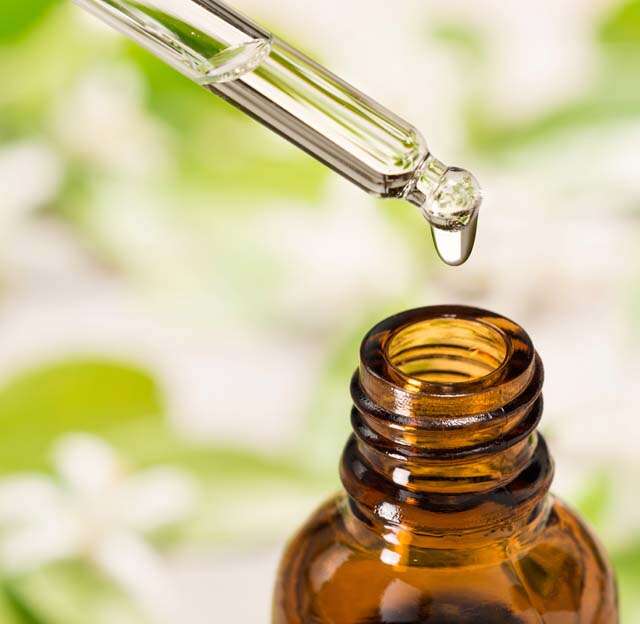
Here’s a simple DIY recipe to design and create your own scent! We have suggested fragrances for reference, but you can play around depending on what smells appeal to and suit you.
Ingredients:
¼ cup vodka (with a high concentration of alcohol)
6 drops lemon essential oil (you can also use orange, eucalyptus, tea tree or bergamot)
8 drops rose essential oil (you can use any floral essential oil of your choice – jasmine and ylang-ylang are good options)
11 drops sandalwood essential oil (you can also use cedarwood, clove or vanilla)
2 tbsp distilled water
Method:
1) In a sprayer, combine the vodka and distilled water, and stir gently for a minute or two.
2) Then slowly, add the essential oils drop by drop. Start with the sandalwood essential oil, which makes up the base note, then add the rose essential oil, which makes up the heart note, and lastly add the lemon essential oil, which makes up the top note.
3) Once the oils have been added, close the bottle and shake well. Let it sit for around a week before you start using it.
Note: Try and use organic essential oils wherever possible for maximum benefit, and perfume purity.
[“Source-femina”]
